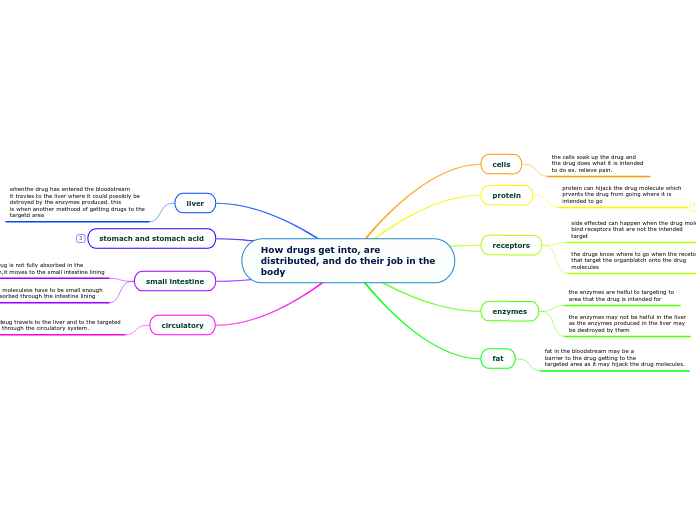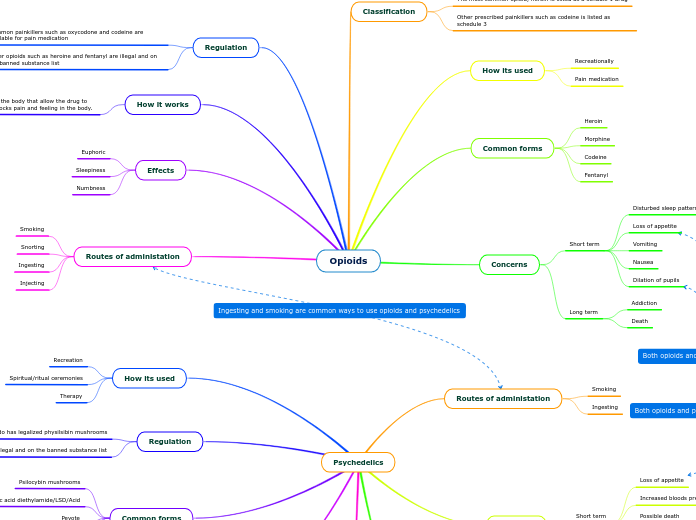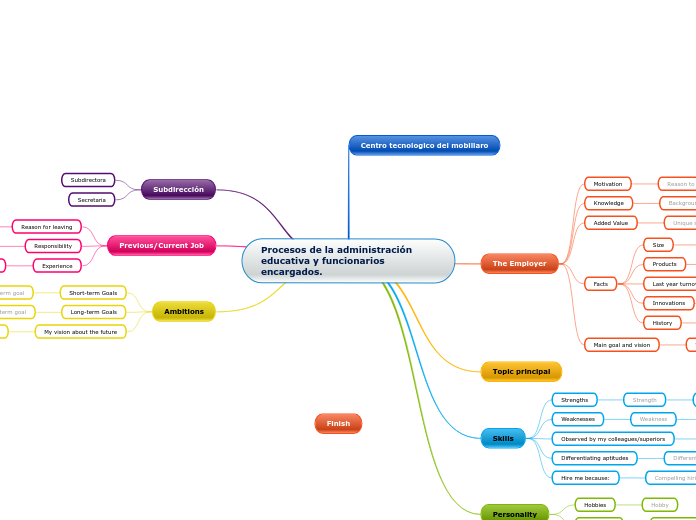par Abbygail Gaunt Il y a 3 années
513
pharmacodynamics
The interaction between drugs and their receptors significantly influences their efficacy and therapeutic outcomes. Drugs can act as full agonists, partial agonists, or bind to various types of receptors such as plasma-protein, enzyme, storage, transmembrane, and transport-carrier receptors.









